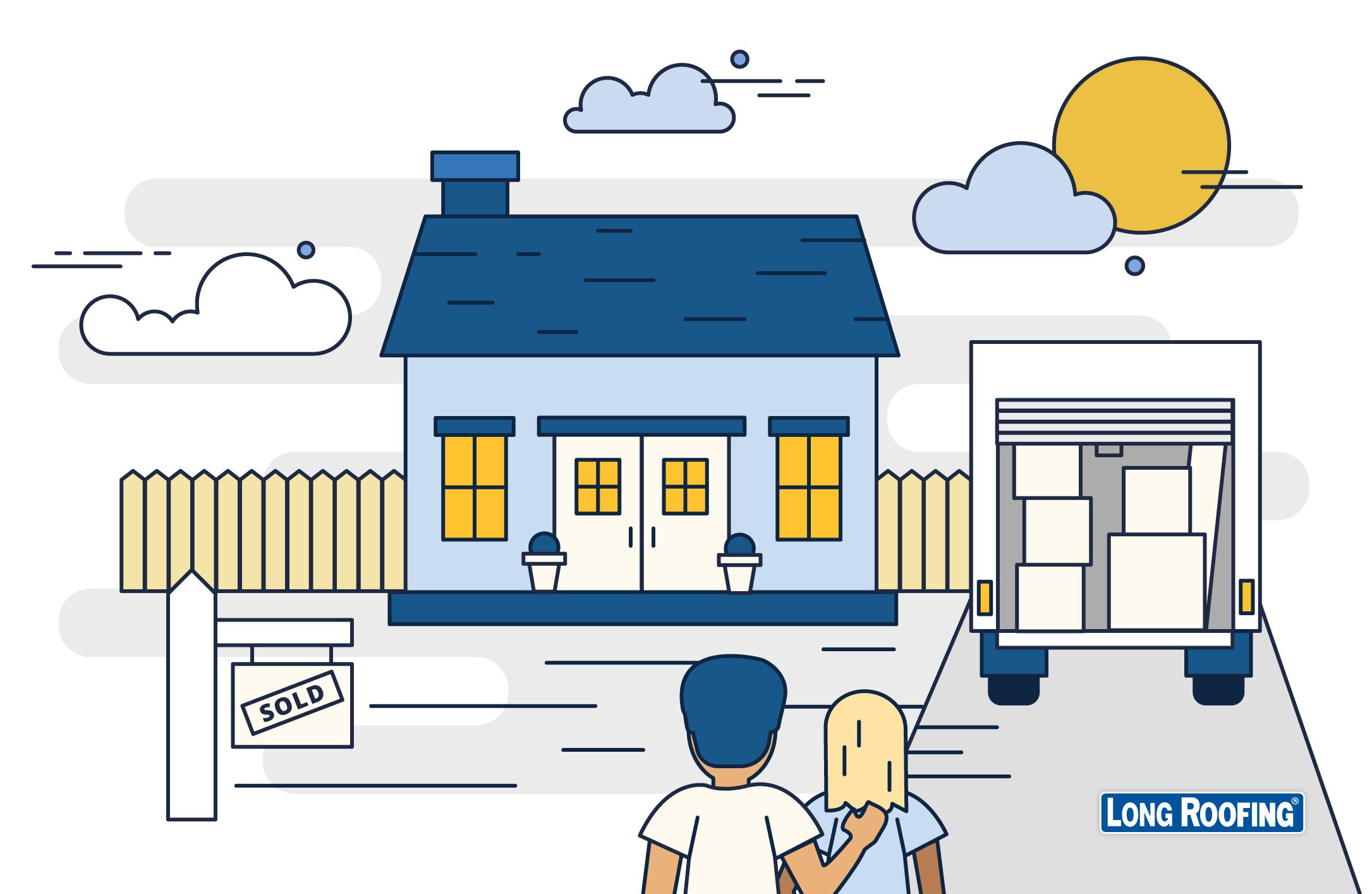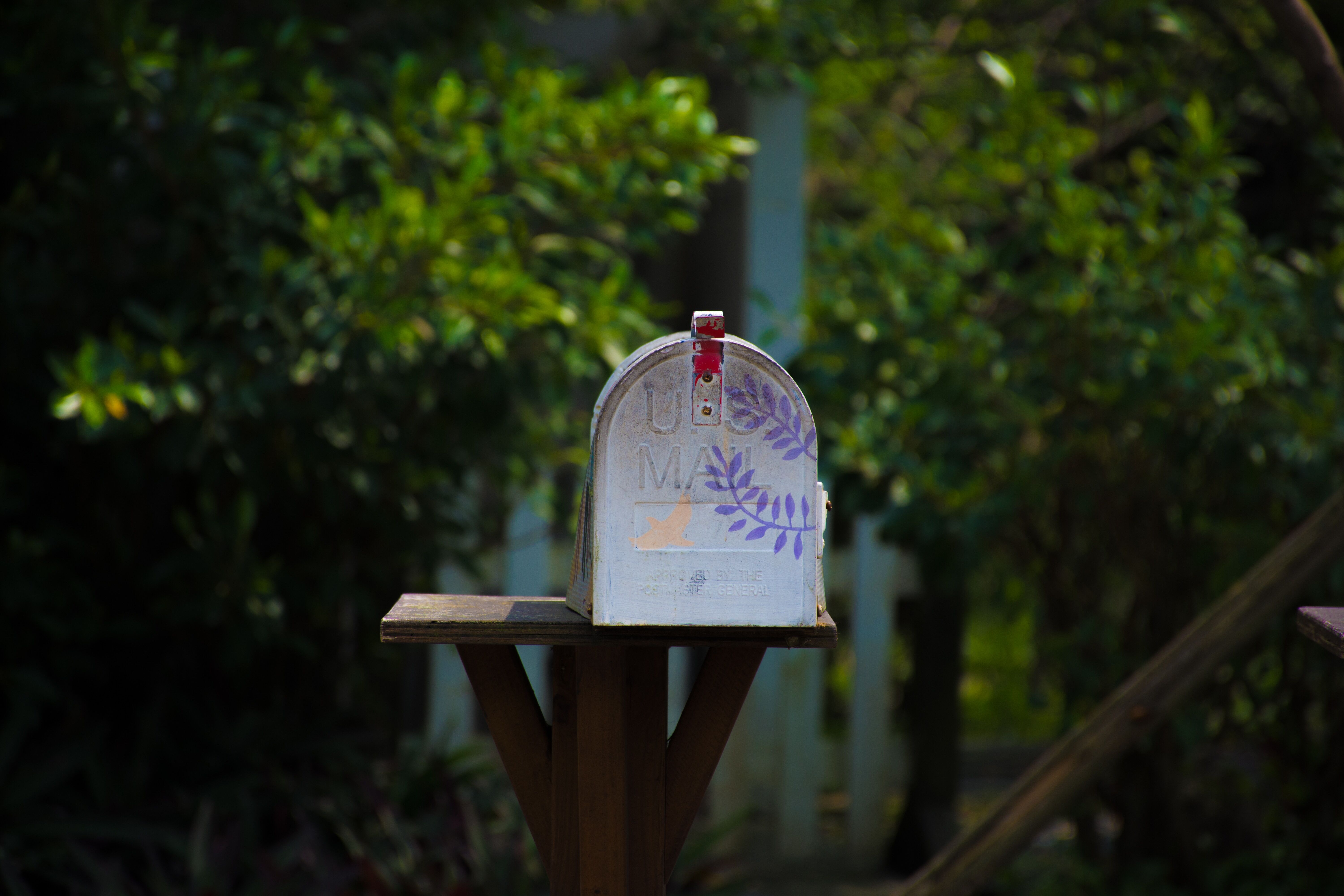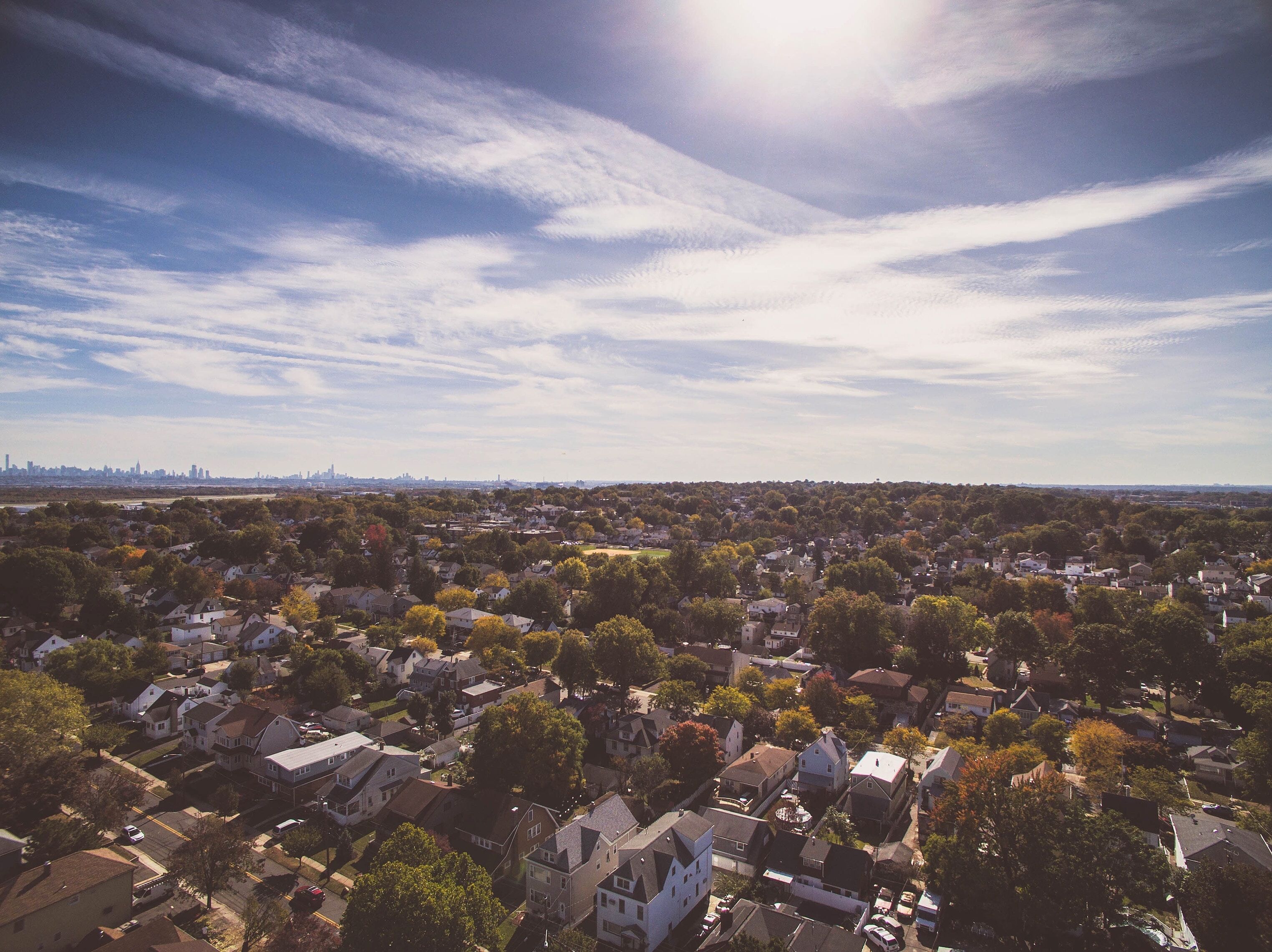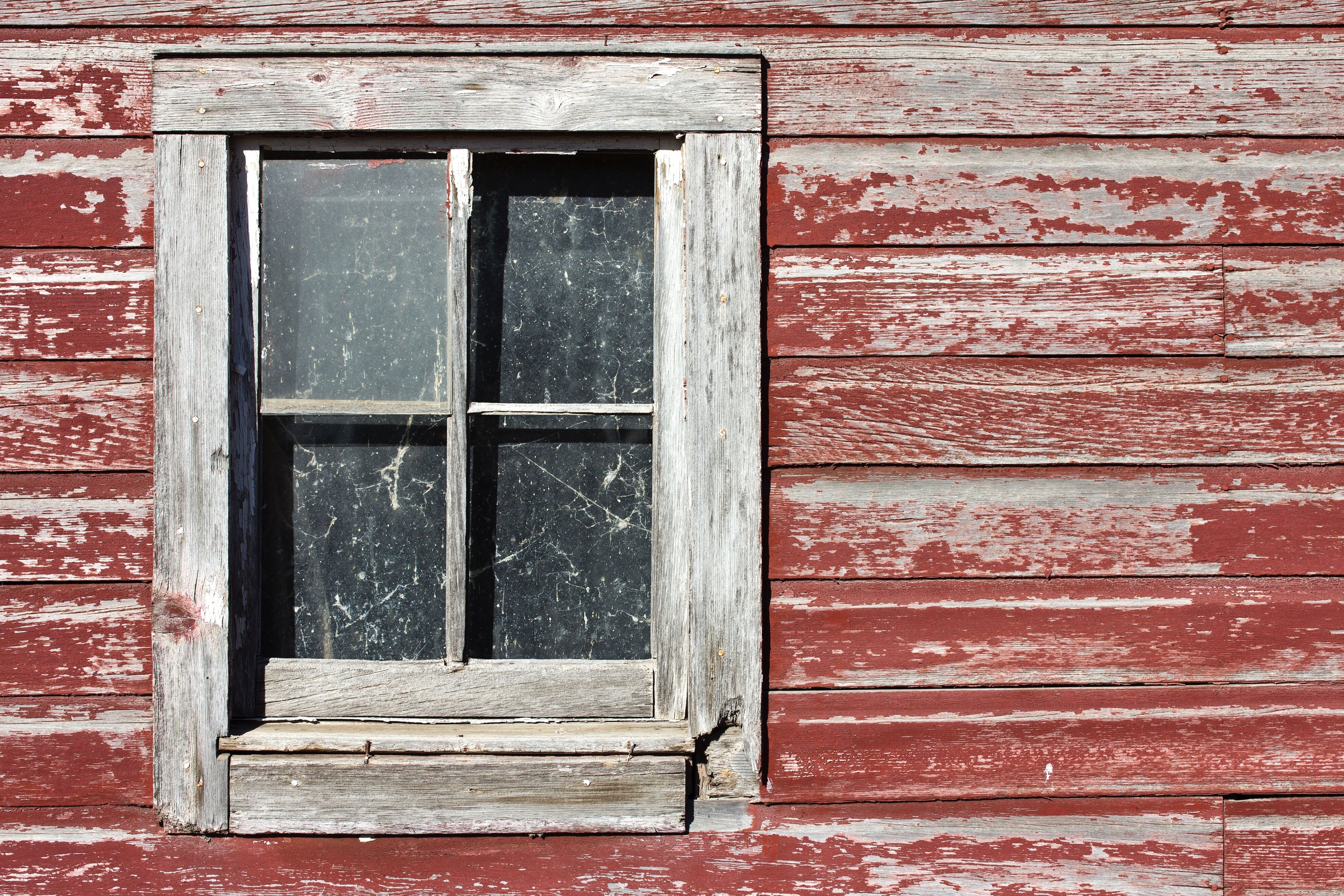What First-Time Home Buyers Need to Know
Published on Tuesday December 20, 2016
In the market for your first home? First of all, congratulations! Becoming a homeowner is an exciting and rewarding experience.
Before you sign on the dotted line, there’s a lot to consider. You’ve likely discovered that a mere mile or two can dramatically affect the cost of real estate, housing stock quality, school performance, services available, anticipated tax burden and neighborhood safety.
Sometimes, first-time home buyers get cold feet.
We get it. Maybe you’re worried about tying up so much money in a single investment and renting seems a lot more comfortable.
Don’t give up! David Bach, author of “The Automatic Millionaire,” recently told Business Insider that “the pundits who say homeownership doesn’t work: they’re just wrong. Homeowners in this country are worth 38 times what a renter is. If you want to guarantee yourself financial insecurity, rent for the rest of your life…Ultimate financial security comes from buying the home that you live in, paying it down and getting debt-free.”
Here’s a look at some of the basic information that every first-time home buyer should know before signing another check for the landlord — or inking a mortgage on a big mistake.
What first-time home buyers need to know
1. Location is key
Are you going to be more at home in a city? A suburb? Out on the farm? It’s the first choice you need to make.
The case for urban living

A first-time home buyer may prefer the convenience of walking to restaurants and shops in the city rather than driving from suburb to suburb to visit the next mall or shopping center. There are more jobs to be had and a wider variety of experiences to enjoy.
“Urban areas have more opportunities for employment, especially in competitive, progressive industries, such as computers, technology and high-level corporations,” notes Reference.com.
“Cities often have a better quality of living, and though cost of living is higher in most cities, the trade-off for a better quality of life is worth it for some people. Educational centers are more prevalent and common in urban areas, so for people interested in furthering their education, a city has many more opportunities than rural areas.”
Another common reason homeowners to-be are quick to move to the city is for increased social opportunities.
Urban areas are packed with coffee shops, bars, restaurants, and support groups. This can make it easier to find like-minded individuals as compared to a rural region that is more isolated.
The case for the suburbs

Living in the city can be expensive and millennials and other potential first-time home buyers are discovering this unpleasant fact: The Atlantic reports that they can’t afford to leave.
“Millennials,” writes Joe Pinsker, “often don’t have enough money saved up to consider buying a house somewhere else—let alone covering the moving costs to get there or possibly suffering a pay cut or taking on a less thrilling job.”
What’s so great about the suburbs? The quality of schools are often better; the environment can be less noisy and over-lit; the cost of living tends to be lower.
Overall, suburban dwellers seem to be pretty happy.
“Suburbanites are happier with where they live than those who live in cities or rural areas, according to a recent Pew survey,” SFGate.com reports. “The survey found that 42 percent of suburban residents rated their community satisfaction as high, a larger percentage of residents than those who live in cities, the country or small towns.”
2. Neighborhood considerations

Research neighborhoods when you consider your first home. Some basics to consider:
- Are you looking to live near people your age?
- If you have children, do other kids and families live nearby?
- Where are the nearest schools located?
- What are the crime rates in the neighborhood?
Some red flags to note: - Abandoned properties / neglected landscaping. Deteriorating houses and buildings can be breeding grounds for rats, mice and other pests. Blight is a key indicator of crime issues. Neglected landscaping can hide rodents and bugs and may be a sign of heavy foreclosures.
- Lots of renovations / new builds. When a dated region starts experiencing growth property values tend to rise. This could signal a great investment opportunity for you and your family — if you’re willing to put up with a few rough years while the neighborhood transitions.
- Revitalized neighborhoods can be a double-edged sword for a first-time home buyer. The classic pattern in neighborhoods referred to as “transitioning,” “gentrifying” or “reviving” starts with initial investments that lead to popularity with new residents who were priced out of other parts of the city. These new residents can now afford to invest in their own properties. They patronize nearby services and businesses. More businesses move in, along with another wave of residents. Property values soar. Crime rates drop, schools improve — and the original residents, which may now include you, are priced out as property taxes increase and the cost of living spikes. Something to keep in mind.
3. Educational opportunities

First-time home buyers with school-age children love to find great public schools for their kids — hey, they’re paying for them, it’s convenient to use them. Websites like Zillow, Great Schools, and Trulia have this data easily accessible.
Some great schools in the Long Home Products market include Washington D.C.’s Benjamin Banneker High School, known for its 100% college acceptance rate.
Summit Park Elementary and West Towson Elementary schools stand out with great scores in the Baltimore area.
4. How is your house built?

Once you know where you want to live, you want to make sure your home is in good, solid shape. Unforeseen repair costs can easily put a hard pinch on a first-time home buyer already financing an expensive move.
To help our first-time home buyers hunt for the perfect home, here’s a list of structural items to consider:
The roof. Look for missing or curling shingles. Moss may mean that the shingles are old or in need of replacement. Inadequate ventilation can also prematurely age a roof — make sure that any venting issues have been addressed.
Is the gutter system in working order? Broken, damaged, leaking or clogged gutters need to be replaced. Depending on the amount of time these gutters were left untreated, there could be water damage to soffit, fascia, roofing or foundation. Look for warning signs like discoloration, rot, mold, cracking, shifting or peeling.
As a first-time home buyer, you may not have a lot of experience with chimneys. Check for visible cracks in the mortar that could call for repairs. Is there a chimney cap to keep rain, debris and critters out of the flue? A chimney will need to be inspected to determine the functionality, and a cap should be added if there isn’t one already.
Checking the home exterior
Examine the exterior walls and foundation for cracks, discoloration, or bowing, which could indicate water damage or a shifting foundation. These can be big-ticket repairs that must be done to maintain the home’s structural integrity.
Note any shifting, cracking, or drainage issues near the driveways and sidewalks or any retaining walls. Concrete work can be a major expense.
Checking the home interior
Windows and doors are another detail that is often overlooked. Watch for discoloration, moisture, or visible gaps around windows and doors. Single-pane windows and wooden windows and doors are common in older homes.
Even if there aren’t signs of rot or water damage, these older items aren’t nearly as energy efficient as their modern replacements, so you’ll want to consider replacements costs before you make an offer.
Floors and walls are great indicators of a home’s structural integrity. Discoloration on walls or floors can be a sign of water damage or mold. Bowed walls or floors may be a red flag for a moisture or foundation problem—both potential fixes that any first-time home buyer should investigate further before talking numbers.
We’re the roofing experts
If you are thinking about buying a house — again, congratulations! We welcome you to the ranks of first-time home buyers. It’s a great investment and a big step in your life.
As you settle into your new home and discover, down the road, that you need a roof replacement, give us a call.
Contact Long Home Products online to request an estimate. A licensed professional will come to your home for a free, no obligation assessment to replace your old roof with a beautiful new roof with a 50-year warranty.
Interested in Long Home Products?
See our special offers now.








